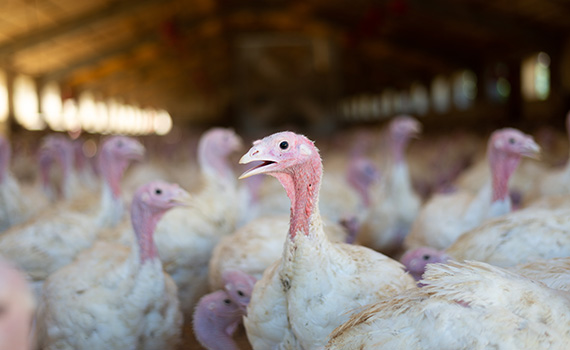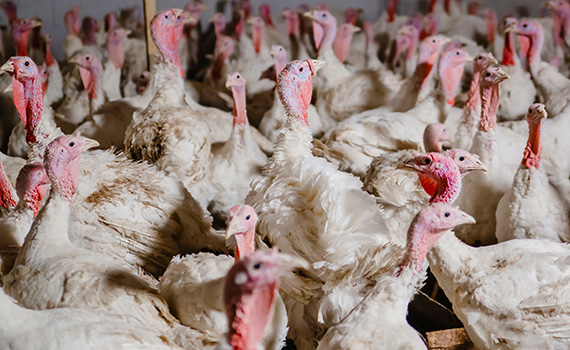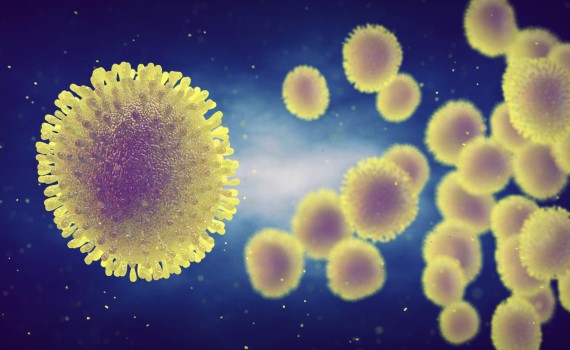Clostridial dermatitis: Why is it so prevalent in turkeys?
Skin lesions in turkeys open the door to Clostridium infections and clostridial dermatitis, the most important disease in the turkey industry, according to a study by Kakambi Nagaraja, PhD, microbiologist and infectious disease specialist at the University of Minnesota.
Clostridial dermatitis tends to cause breast lesions at 16 to 17 weeks of age, particularly in males, and can result in mortality rates as high as 2%. However, the cause of clostridial dermatitis isn’t known, which prompted Nagaraja to undertake a 3-year study, he told Poultry Health Today.
Investigators challenged turkeys with clostridia orally, by breast injection or by spraying their litter. However, the disease only reproduced when the clostridia were injected directly into the turkey’s breast, he reported.
To prevent the development of clostridial dermatitis, producers need to do what they can to prevent skin injuries. One cause of injury may be ammonia in wet litter. Certain types of litter, such as wood chips, straw or rice hulls, may also cause skin injuries, Nagaraja said.
Clostridial organisms are everywhere in the environment; Clostridium septicum and Clostridium perfringens are the most common bacterial pathogens affecting turkeys, he said.
Some clostridia seen in turkeys have developed resistance that Nagaraja attributed to the indiscriminate use of antibiotics. Producers should ensure that clostridial organisms on their farms are sensitive to the antibiotics they use, he cautioned.
Posted on February 9, 2018
 We’re glad you’re enjoying
We’re glad you’re enjoying










